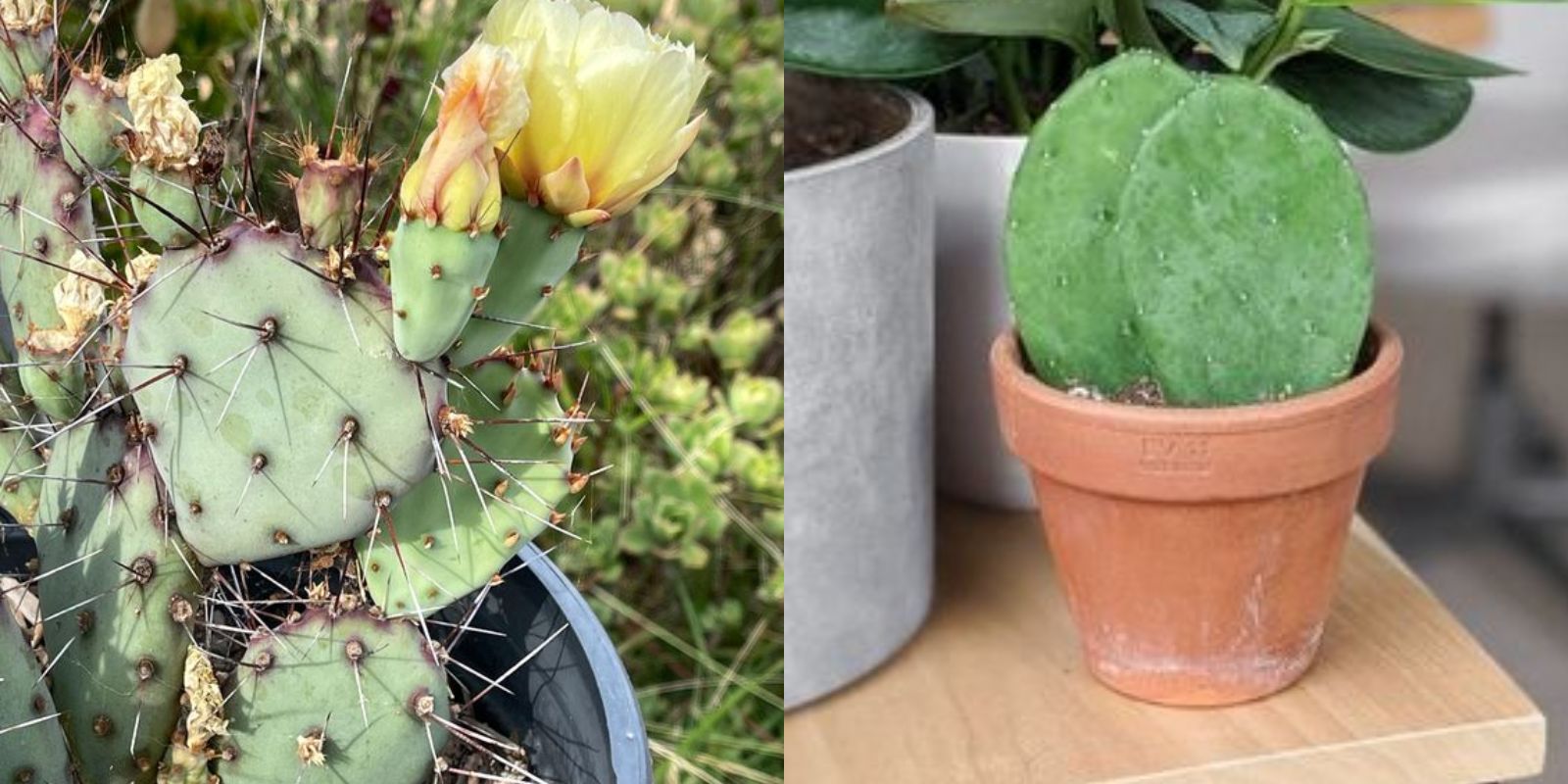Introduction
Prickly pear cactus, a striking and versatile plant, is celebrated not only for its unique appearance but also for its delicious and nutritious fruit. However, to maximize its growth and fruit production, proper care and maintenance are crucial. One of the most effective ways to enhance the health and productivity of your prickly pear cactus is through strategic pruning. This article provides a comprehensive guide on how to prune prickly pear cactus, ensuring that your plant thrives and yields impressive results.
Understanding Prickly Pear Cactus
The prickly pear cactus (Opuntia spp.) is a member of the Opuntia genus, known for its flat, paddle-shaped pads and vibrant, edible fruit called prickly pears or cactus pears. This cactus species is well-suited to arid and semi-arid climates, making it a popular choice for xeriscaping and desert gardening. Despite its hardy nature, regular pruning is essential to maintain its health, shape, and productivity.
Benefits of Pruning Prickly Pear Cactus
Pruning prickly pear cactus offers several benefits:
- Improved Air Circulation: Removing excess or crowded pads helps increase airflow around the plant, reducing the risk of fungal diseases and pests.
- Enhanced Light Penetration: Pruning opens up the plant, allowing better light penetration, which promotes healthier growth and fruit development.
- Increased Fruit Production: By removing older, less productive pads, the cactus can allocate more energy to new growth and fruiting pads, resulting in a higher yield of prickly pears.
- Aesthetic Appeal: Proper pruning helps maintain the cactus’s shape and overall appearance, ensuring it remains a focal point in your garden.
Steps to Prune Prickly Pear Cactus
Step 1: Select Healthy Pads
1. Identify Target Pads: Examine the cactus and identify mature, healthy pads that need pruning. Look for pads that are old, damaged, or overcrowded.
2. Choose Pruning Time: The best time to prune prickly pear cactus is during the growing season, typically in late spring or early summer. Avoid pruning during the winter months when the plant is dormant.
3. Assess the Plant: Before you start, assess the overall condition of the cactus. Ensure it is healthy and free from major pest or disease issues that might complicate the pruning process.
Step 2: Prepare Tools
1. Select Pruning Tools: Use clean, sharp tools to ensure clean cuts. A serrated knife or specialized cactus pruning shears are ideal for this task. Make sure your tools are sterilized to prevent the spread of diseases.
2. Wear Protective Gear: Prickly pear cacti have tiny, hair-like spines that can cause irritation. Wear gloves, long sleeves, and eye protection to shield yourself from these spines.
3. Clean Tools: Sterilize your tools with rubbing alcohol or a bleach solution to prevent introducing pathogens to the cactus.
Step 3: Prune Carefully
1. Remove Dead or Damaged Pads: Cut away any dead or damaged pads at their base, where they attach to the main plant. These pads are often discolored or shriveled.
2. Thin Out Overcrowded Areas: If the cactus has pads that are too close together, carefully remove some to improve air circulation and light penetration. Aim to maintain a balanced, open structure.
3. Shape the Plant: Trim pads that detract from the overall shape of the cactus. Focus on creating a symmetrical and aesthetically pleasing form.
4. Handle with Care: Be cautious when handling the pads. Use tongs or a thick cloth to grip the pads if needed to avoid direct contact with the spines.
Step 4: Allow Wounds to Heal
1. Let the Cut Surfaces Dry: After pruning, allow the cut surfaces of the pads to dry and callous over before watering. This helps prevent rot and infection.
2. Monitor Healing: Keep an eye on the pruned areas for any signs of disease or excessive decay. Healthy calloused areas should look dry and firm.
3. Avoid Overwatering: After pruning, be cautious with watering. Overwatering can lead to rot, especially in the newly exposed cut areas.
Step 5: Monitor and Care
1. Water Appropriately: Water the cactus as needed, ensuring that the soil is well-draining. During the growing season, allow the soil to dry out between waterings. Reduce watering during the dormant period.
2. Fertilize as Needed: Apply a balanced, cactus-specific fertilizer during the growing season to support new growth and fruit production.
3. Check for Pests and Diseases: Regularly inspect the cactus for signs of pests such as scale insects or mealybugs, and treat any issues promptly.
4. Mulch Around the Base: Consider applying a layer of gravel or coarse mulch around the base of the cactus to help retain soil moisture and reduce weed growth.
Additional Tips for Pruning and Caring for Prickly Pear Cactus
1. Practice Regular Maintenance: Pruning should be part of your regular maintenance routine. Aim to check and prune your cactus at least once a year to keep it healthy and productive.
2. Use Proper Techniques: Avoid tearing or breaking pads, as this can damage the plant and lead to infections. Always make clean cuts with your tools.
3. Propagate Pruned Pads: You can propagate healthy, pruned pads by allowing them to callous over and then planting them in well-draining soil. This is a great way to expand your cactus collection.
4. Protect from Extreme Conditions: Ensure that your cactus is protected from extreme weather conditions, such as frost or excessive heat, which can stress the plant and affect its health.
Conclusion
Pruning prickly pear cactus is a straightforward yet highly effective way to enhance its growth, health, and fruitfulness. By following these steps—selecting healthy pads, preparing the right tools, pruning carefully, allowing wounds to heal, and providing ongoing care—you can ensure that your cactus thrives and produces an abundant harvest of delicious prickly pears.
Motivation
Embrace the art of pruning to transform your prickly pear cactus into a vibrant and productive plant. With just a few simple steps, you can enjoy improved growth and a bountiful harvest. Start pruning today and watch your cactus flourish like never before! 🌵🍐

